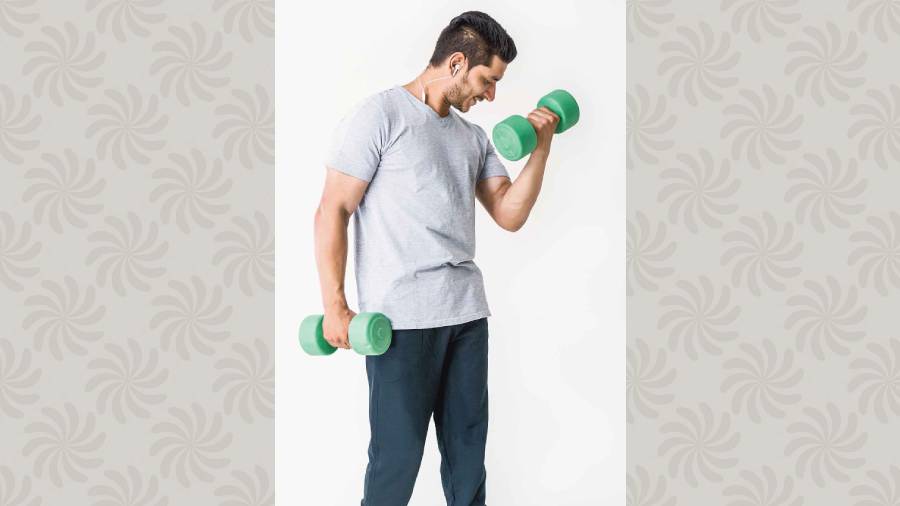Take in fewer calories than you burn, which will lead your body to burn fat as a fuel source
Both. When at rest or engaged with everyday activities, fat contributes around 80 per cent of the body’s energy, carbs 20 per cent. When working out, even if it is mild activity, at about 25 per cent of one’s VO2max (the greatest quantity of oxygen one is able to consume), 80 per cent or more energy expenditure comes from fat.
That percentage decreases when the intensity of exercise increases. At about 65 per cent of one’s VO2 max, fat and carbs contribute equally to calorie burning (energy expenditure). At about 85 per cent of VO2max, 25 percent or less of energy comes from fat.
So lower-intensity workouts produce higher fat combustion while higher-intensity workouts produce higher carb combustion and can potentially deplete glycogen stores.
Glycogen is glucose from carbs converted and stored for later use.
Then can we turn into the Disha Patani by just walking 30 minutes a day? Well, walking will definitely help you to lose weight, but it may not be enough to burn a ton of fat off your body quickly. For that you have to walk much more than you perhaps potentially can.
Then how do we burn more fat?
1. Create calorie deficit
Take in fewer calories than you burn, which will lead your body to burn fat as a fuel source. But don’t go too low. People assigned female at birth shouldn’t eat fewer than 1,200 calories a day and those assigned male at birth should stay above 1,500 calories.
2. Eat fewer carbs
A low-carb diet can help. If you’re not helping restore your glycogen stores with carbs, your body has to burn fat for fuel.
3. Exercise more
If you walk for 30 minutes at 2 miles per hour, you’ll burn approximately 100 calories — 80 per cent will come from fat and 20 per cent from carbs. But if you run for the same amount of time at 9 miles per hour, you will burn 450 calories, and 20 per cent will come from fat and 80 per cent from carbs. The percentage of fat burning from running is lower, but the absolute amount of calories burnt from fat is higher than during the low-intensity walk and the calories burnt from carb are high.
Information courtesy www.livestrong.com











